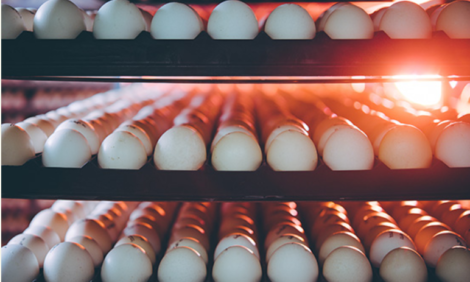



Canadian Poultry Producers Optimism at All Time High
CANADA - Optimism among poultry producers has never been higher than it is now. Eight in ten poultry producers (80 per cent) agree that their farm or business will be better off five years from now, according to a new survey by Canada's federal agriculture lender, Farm Credit Canada, which released results from a national survey of its Vision panel.It is likely that optimism for the future among poultry
producers is backed by the fact that eighty percent of poultry producers feel that
their operation is better off today than it was five years earlier.
Poultry producers display optimism through their plans to expand and diversify
their operations. In total, six in ten poultry producers (59 per cent) plan to expand or
diversify or both. Thirteen percent of poultry producers plan to reduce their
operation or exit the industry while one quarter (24 per cent) plan no changes.
Advocating careers in primary production is another way that poultry producers
show that they are optimistic about the future. Eight in ten poultry producers
(81 per cent) would recommend a career in primary production, making producers in
this sector the most likely to do so among all other sectors.
Additionally, eighty
four per cent would recommend a career in an agricultural related field. In the past
year alone, half of all poultry producers have recommended a career in
agriculture (50 per cent) and four in ten have recommended a career in primary
production (44 per cent).
Producers in the poultry sector are comfortable sharing their outlook with others.
Nearly all poultry producers (99 per cent) have shared their outlook on their operation
with others compared to all other sectors (92 per cent), making them the most likely to
share their outlook on their operation with others.
Nine in ten producers (94 per cent)
feel comfortable sharing their outlook on the industry with friends and family
compared to eighty seven percent in all other sectors. When poultry producers
talk with those outside of agriculture, they tend to discuss their family and
lifestyle, livestock prices and food prices.








